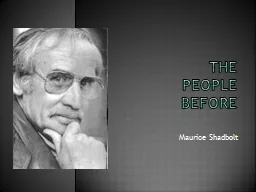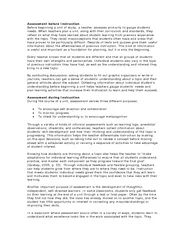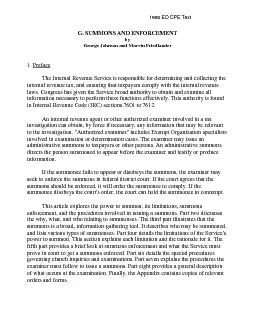PPT-The people before
Author : alexa-scheidler | Published Date : 2016-08-11
Maurice Shadbolt biography Shadbolt Maurice 19322004 fiction writer and playwright was born in Auckland and educated at Te Kuiti HS Avondale College and Auckland
Presentation Embed Code
Download Presentation
Download Presentation The PPT/PDF document "The people before" is the property of its rightful owner. Permission is granted to download and print the materials on this website for personal, non-commercial use only, and to display it on your personal computer provided you do not modify the materials and that you retain all copyright notices contained in the materials. By downloading content from our website, you accept the terms of this agreement.
The people before: Transcript
Download Rules Of Document
"The people before"The content belongs to its owner. You may download and print it for personal use, without modification, and keep all copyright notices. By downloading, you agree to these terms.
Related Documents














